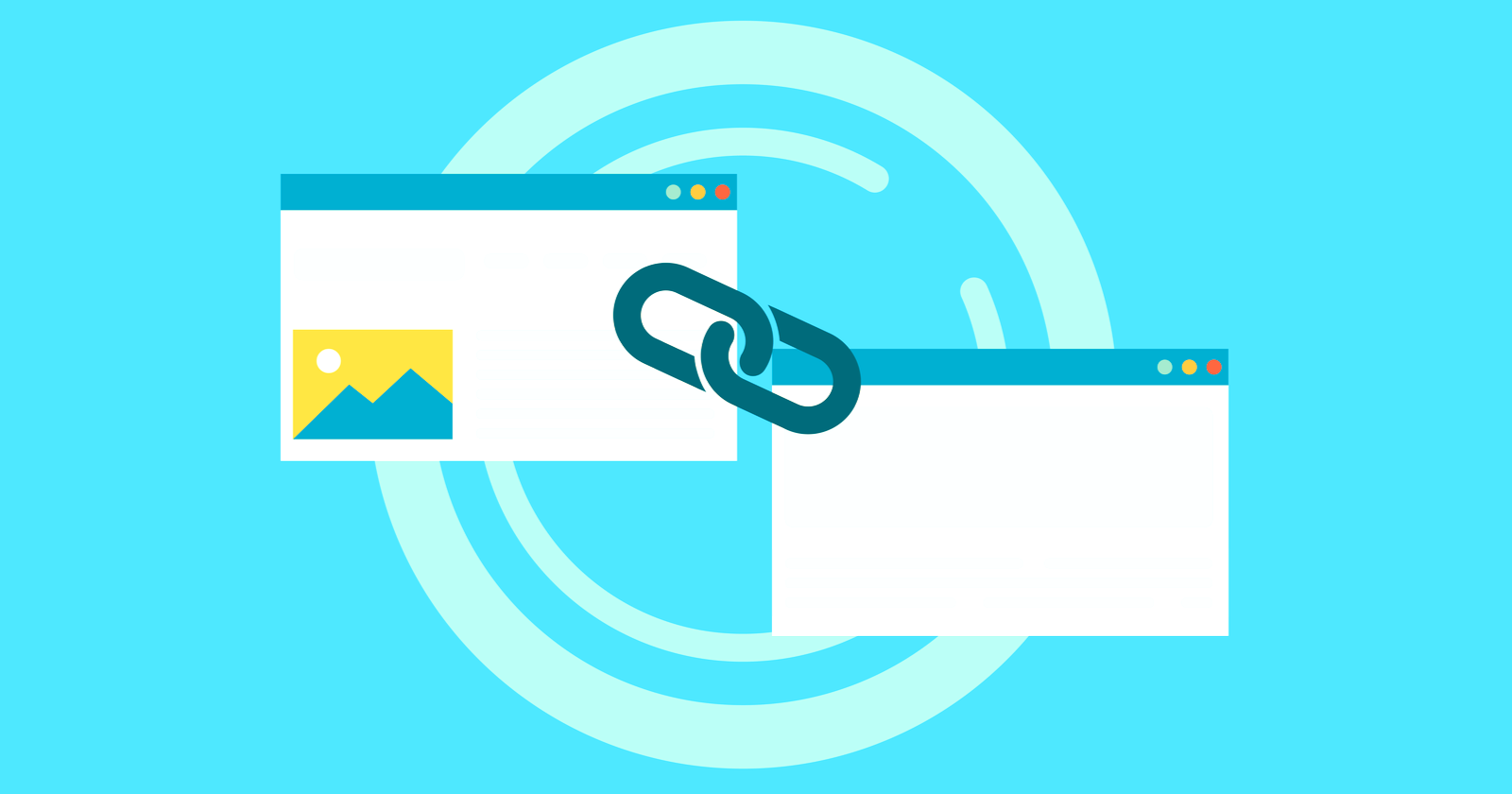Link building is nothing short of a battle these days.
While link building remains an important SEO activity, the process has changed dramatically. Thanks in large part to Google.
On June 2, I moderated a sponsored Search Engine Journal webinar presented by Page One Power’s team of expert link builders, including Michael Johnson, Danika McClure, Tyler Baine, Alex Gibson, and Norman Vogele.
They shared tips on how to plan a link building strategy, create linkable content, and find quality link opportunities and outreach for links.
Here’s a recap of the webinar presentation.

A link can be considered truly organic if it is earned:
- Through building a genuine connection.
- Based on merit.
- By providing value to human beings.
An organic link is not:
- Paid for.
- Thrown up on a site that anyone can publish on.
- Created through a scheme (PBN, link exchange, etc.).
How to Build a Successful Link Building Strategy
There are four essential aspects you need to have in place before you’re able to start earning links.
- Linkable content that speaks, engages and provides value to your audience.
- Target sites to reach out to.
- Time for outreach – you’ll be spending lots of hours reaching out to webmasters.
- Outreach best practices: How to best communicate to people for a compelling and persuasive outreach.
These four key building blocks are all interconnected and interdependent.
Your ability to reach good websites and earn those good links will depend on the quality of your outreach and the content that you have to offer.
Creating Linkable Content
When creating great linkable content, you need to determine:
- What unique value do I have to offer?
- What am I an expert in?
- What am I good at?
- What unique takes can I offer and to whom can I offer them?
Assuming that there might be someone out there interested in reading your content is not enough.
Think critically about who your audience is that you want to sell to, what larger universe they’re a part of, and how can you serve that larger audience.
That said, you still want your content to be relevant to your brand and your core audience.
That overlap of relevance is how you can facilitate natural, non-promotional mentions of your products and services and, thus, house some internal links to your important converting pages – wherever you’re trying to pass authority and equity.
When you put it all together, you’re really looking outside yourself and looking at:
- What do people need?
- What problems can I help people understand?
- What information can I help people discover and explore in a way that offers free value?
That offer of value is what people are linking to.
They’re linking to your content in your site and your brand on the merit of an offer that you’re making.
Key Takeaways
Linkable content:
- Appeals to readers and editors.
- Connects to a larger audience.
- Offers unique value.
- Avoids promotional or advertorial language.
- Internally links to relevant pages.
Finding Target Sites
In looking for sites that your content would fit on, emphasis should be on relevance, as well as signs of activity or community as opposed to typical third-party metrics.
Because you created the content with specific groups of people in mind, you know that those groups of people have loads of websites that they’re interacting with every day.
Most of the time, these sites may not have very high authority metrics – but they’re a great place for your content.
You can get started by using:
- Keywords-focused boolean searches (i.e., “keyword” AND inurl:resources, “keyword” AND inurl:links)
- Competitor backlinking.
Here are some tips to help you find relevant target sites:
- Utilize the tools at your disposal to their full potential – whether you’re using Semrush, Majestic, Moz, or a different platform.
- Look for guest authors on your target site and search on Google for their bio.
- Network with site owners you’ve worked with previously.
Outreach
Find the Correct Contact
The next step is to find the people who are managing the websites on your target list and then let them know about this great content that you have.
One of the most important things before doing the actual outreach is to find the correct person to email.
It can be hard to find the best contact person and their info when you’re dealing with smaller websites.
The best-case scenario is if the website has staff profiles and email addresses listed. You’ll need to identify who is in charge of the page that you’re looking at.
They can be the resource coordinator or department head, but oftentimes it’s just a webmaster.
You may have to think outside the box a little bit about the person that you’re you’re going to outreach to.
Write Your Outreach Email
Do your best to make sure that the people you’re outreaching to know that you’re an actual person and that you’ve created content for actual people.
That includes writing brief subject lines and relevant messaging in the email body. Remember to:
- Get to the point.
- Be clear.
- Show, don’t tell.
Avoid salesy and vague language. Instead, focus on the value of the content you’re offering and how it can help your target site’s audience.
It’s generally OK to send up to three follow-up emails – anywhere from five days to two weeks.
Measuring the Quality of Links
Once you start getting links, how can you know what links are actually benefitting you and which ones can create favorable results?
The Page One Power team found three primary factors that lead to great results for their clients:
- Relevance: Is your content of value to the target site’s audience?
- Human value: Is there a real community of people engaging with the website?
- Trust: Does the website have editorial guidelines? Or are they linking out to spammy content?
Lastly, you can also look at third-party authority metrics, but there’s no need to impose hard limits.
Allow yourself to think more along the lines of relevancy, human value, and trust because that will set you up to have a more successful link building campaign that speaks to more natural signals.
Tracking & Reporting Results
To track your link building results, you will need to set SEO goals early on.
What is the purpose of this campaign? Is it to increase your traffic? Boost your keyword rankings? Something else?
Be honest about your goals and open to how you can achieve them.
Ultimately, your campaign will be as strong as your goals.
Use these tips to improve your link building tracking and reporting process:
- Create a solid plan to help reach SEO goals.
- Optimize pages with relevant keywords.
- Create detailed content.
- Use competitor/industry research for guidelines.
And remember, SEO campaigns take time. It might take you 6-12 months to see results so manage your expectations.
[Slides] SEO Wars: How to Earn Links Organically and Resist the Dark Side
Check out the SlideShare below.
Join Us For Our Next Webinar!
The New SEO Playbook: How AI Is Reshaping Search & Content
In this exclusive session, you’ll learn about the new SEO playbook for AI.


